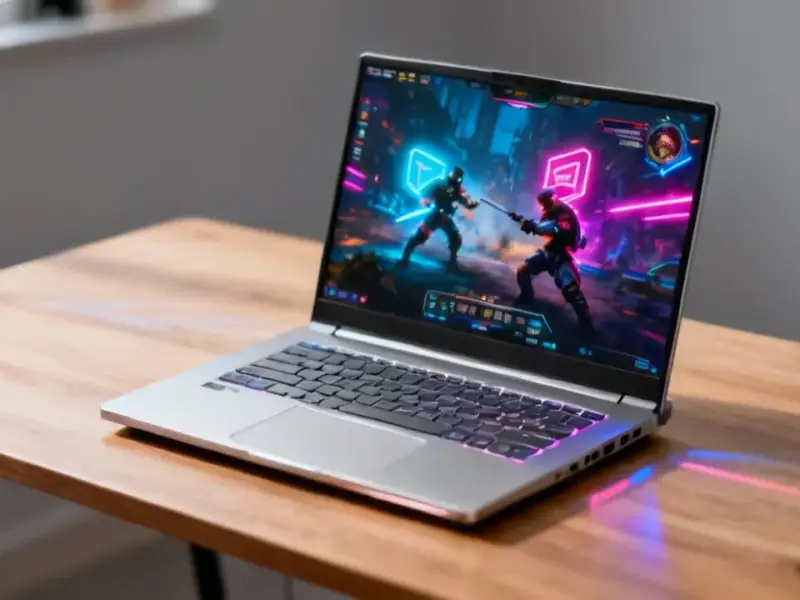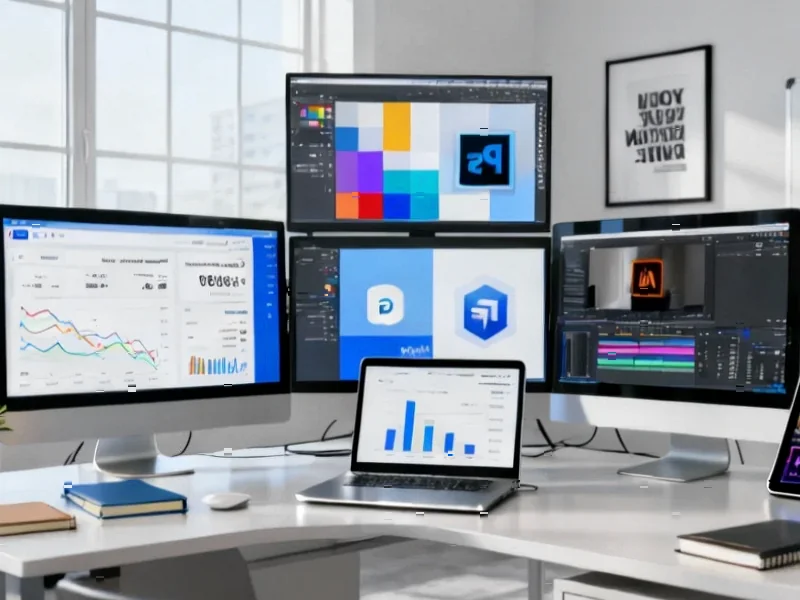According to CNBC, Nvidia added nearly $100 billion in market capitalization over just three trading days, reaching a $5.12 trillion valuation as major cloud providers and governments accelerate AI infrastructure spending. The surge followed Microsoft securing export licenses to ship Nvidia chips to the United Arab Emirates and Amazon’s $38 billion commitment from OpenAI to use AWS infrastructure powered by hundreds of thousands of Nvidia GPUs. Additionally, South Korea announced a partnership with Nvidia to deploy over a quarter-million GPUs across sovereign clouds and AI factories, while Loop Capital raised its price target to $350 per share, predicting Nvidia will double its GPU shipments within 12-15 months. This remarkable growth comes amid increasing recognition that AI infrastructure represents both economic opportunity and national security imperative.
The Geopolitical Transformation of Compute
What we’re witnessing isn’t just another tech stock rally—it’s the formal recognition that AI compute has become a strategic national resource on par with oil reserves or military assets. The South Korean government’s involvement signals a fundamental shift: when sovereign nations start treating GPU clusters as critical infrastructure, we’ve entered a new era of technological statecraft. This mirrors historical patterns where control over essential resources—whether oil in the 20th century or semiconductors in the 21st—becomes central to geopolitical power. The South Korean initiative represents one of the first clear examples of a national AI infrastructure strategy, but it certainly won’t be the last.
Enterprise Reality Versus AI Hype
While Nvidia’s growth reflects genuine enterprise demand, the broader AI ecosystem shows troubling signs of speculative excess. Many companies benefiting from the AI investment wave still lack meaningful revenue, let alone profits. The danger isn’t in Nvidia’s fundamentals—which remain robust given their near-monopoly on training infrastructure—but in the secondary and tertiary layers of the AI stack where valuation often outpaces actual business model validation. Enterprises must distinguish between infrastructure providers like Nvidia, whose products deliver immediate computational value, and application-layer companies whose business models remain unproven. This creates a bifurcated market where quality infrastructure plays thrive while speculative applications struggle to find sustainable markets.
The Rise of Sovereign AI Clouds
The South Korean announcement highlights an emerging trend: nations are no longer content to rely exclusively on American cloud providers for critical AI capabilities. Sovereign AI clouds represent a fundamental restructuring of global compute architecture, where countries build domestic AI infrastructure to ensure data sovereignty, economic competitiveness, and national security. This creates both opportunity and complexity for Nvidia—while demand for their chips increases globally, they must navigate increasingly complex export controls and geopolitical tensions. The Microsoft-UAE licensing arrangement shows how carefully this balance must be managed, with export controls becoming as strategically important as the technology itself.
Infrastructure Consolidation and Market Dynamics
Nvidia’s dominance creates a fascinating market dynamic where their success simultaneously fuels and constrains innovation. On one hand, their architectural leadership enables capabilities that would otherwise be impossible; on the other, it creates dependency risks for both corporations and nations. The $38 billion OpenAI-Amazon deal demonstrates how even AI leaders must partner with infrastructure giants, creating an ecosystem where computational access becomes the primary competitive moat. This consolidation raises important questions about market diversity and whether alternative architectures from AMD, Intel, or custom silicon efforts can achieve meaningful market share, or if we’re heading toward a permanent infrastructure oligopoly.
Sustainability Questions Beyond the Hype Cycle
The critical question for investors and enterprises alike is whether this growth represents a permanent structural shift or a cyclical peak. While current demand appears insatiable, technology history shows that even the most transformative platforms eventually face saturation, competition, or architectural disruption. Nvidia’s advantage lies in their full-stack approach—they’re not just selling chips but entire computing platforms with proprietary software ecosystems. However, the sheer scale of their valuation creates enormous expectations, and any slowdown in AI investment cycles or breakthrough in alternative computing architectures could challenge their dominance. The coming quarters will test whether this is the beginning of a new computing era or the peak of an investment cycle that, like previous technological revolutions, will eventually normalize.




